Constant Arctic Heatwave Sends World’s Largest Ice Cap Hurtling Seaward
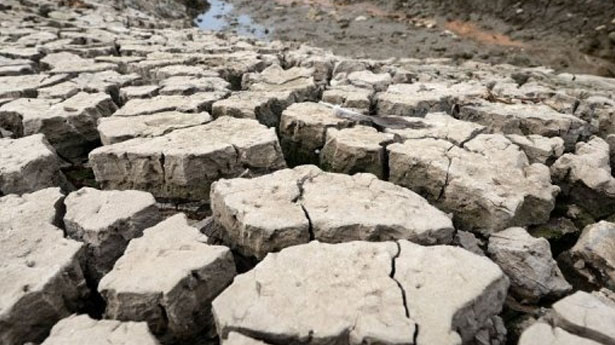
Svalbard. Until lately, a little-known locale situated between the previously frigid extreme North Atlantic and the Arctic Ocean about 500 miles east of Greenland. Typically a frozen island Archipelago, this pristine and sparsely inhabited redoubt has, over the past few years been ground zero for the assaults of an ongoing and extreme polar heat amplification.
During winters, temperatures in Svalbard are generally, well, Arctic. But in recent years abnormal winter warmth featuring temperatures ten, twenty, even thirty degrees above 20th century averages have been experienced with increasing frequency. This year, during one of the warmest winters on record for the Arctic, local Svalbard temperatures rocketed to as much as 40 degrees F above the usual range and for extended periods remained in the range of +20 to +30 F positive anomaly.
For all of February of 2014, the average temperature for this Arctic island chain was -1 C (about 30 F), a full 15 degrees C above average and a period that featured many readings at or above freezing. It was an unprecedented event for an island that features one of the largest ice caps on Earth.
Austfonna, Svalbard’s Ice Giant, Takes a Fall
Austfonna sprawls across the northeast section of Nordaustlandet, one of Svalbard’s many islands. The ice cap covers fully 8,000 square miles and features an ice dome pinnacle looming 750 meters high making it the largest of its ilk. Though not as grand as the great ice sheets of Greenland or West Antarctica, Austfonna still contains an immense amount of water. Less stable than ice sheets, deteriorating ice caps currently contribute to almost 50% of global sea level rise.
(ESA’s Sentinel provides false-color imagery of the Austfonna Ice Cap sliding into the Barents Sea. Right panel imagery provides observed changes in outlet speed from 1995, 2008, and 2014. Flow rates are indicated by color contour as slow [dark blue] to fast [red]. Image source: ESA via BBC.)
But Austfonna, the largest of these, was thought to be somewhat insulated from the insults plaguing most of the world’s ice caps. Its far northern and previously frigid location at Svalbard made it less vulnerable. But that was before sea ice loss opened the gates to an ongoing and ever-increasing assault of warm winds.
Now, according to findings made by the European Space Agency’s (ESA) Sentinel 1 Spacecraft, it appears that the ongoing assault of heat has at last destabilized the great Austfonna. For according to radar altimetry readings, the pace of the ice cap’s motion toward the Barents Sea has, over the past three years, accelerated to an extraordinary speed ten times more rapid than its previous pace (Sentinel’s findings are due to be published soon in a prominent scientific journal).
Lead study author Prof Andy Sheperd of Leeds University notes:
“We’ve observed Austfonna with various satellite radar datasets over the past 20 years, and it hasn’t done very much. But we’ve now looked at it again with the new Sentienl-1a spacecraft, and it’s clear it has speeded up quite considerably in the last two or three years. It is now flowing at least 10 times faster than previously measured.”
Austfonna is just the most recent of many very large ice caps, ice sheets, or glaciers now showing increasing rates of motion toward the world ocean. In many cases, once destabilized, these great bodies of frozen water have reached a point of no return as they lunge toward an inevitable destiny of melt, outflow, and disintegration. The most recent and ongoing rash of destabilizations are likely to have significant implications for global sea level rise due to human caused warming going forward. And with human heat forcing and amplifying Earth System feedbacks still on the rise, the glacial butcher tally isn’t likely to end any time soon.
Links
Sentinel Spies Ice Cap Speed-Up
Arctic Heat in Winter: February 2 Temperature Anomaly Hits + 13 F For Entire Arctic
Warm February Provides Extreme Record on Svalbard
Hat tip to Colorado Bob
Source: Robert Scribbler



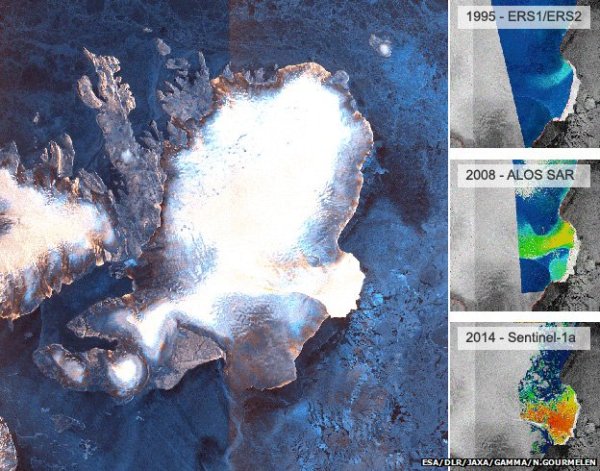
















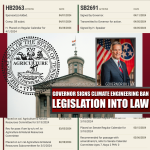
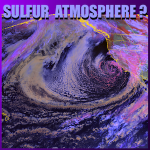

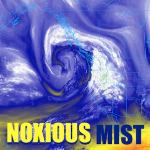










































































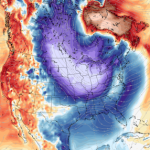









































Leave a Reply